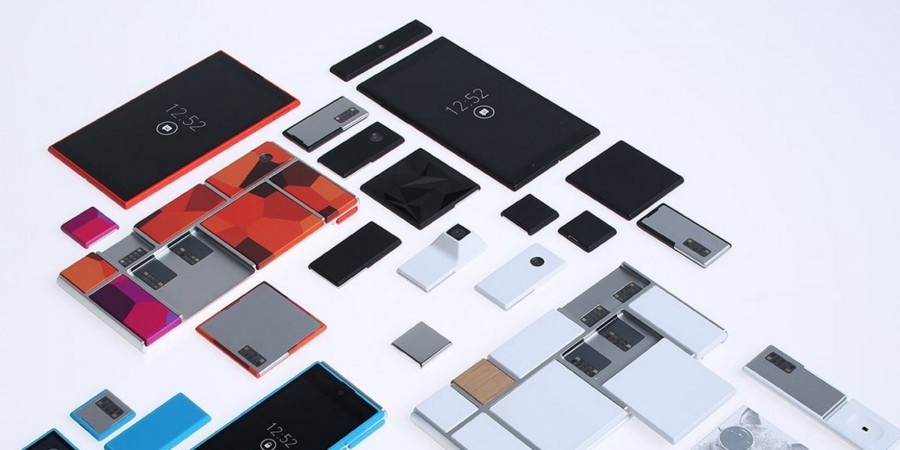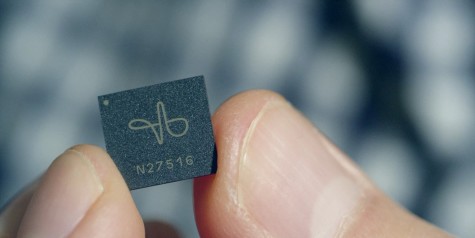Project ARA
The future of phones , broken down
It’s happened to all of us; a simple slip on the curb and suddenly our phone goes tumbling to the ground with a sad thud. Heavy hearted, we turn it over for the moment of truth, only to find spider web cracks covering the screen. Right now, we only have a few options: Send in your phone for a week of costly repairs and sulk in the meantime, simply live with your shattered screen and dreams, or bite the bullet and buy a new phone.
Instead, imagine a fourth option. You simply take out the screen, swap in a new one, and continue on with your day all without even rebooting the phone. It sounds too good to be true but with Project ARA it could be a reality.
The concept behind the phone is a novel one, instead of a device that you buy every two years you simply purchase a frame with basic parts that you can swap out and upgrade individually over time. These individual components are called “modules” and can be mixed and matched to makes the phones customizable as well. For example, if you value battery life but you don’t take photos too often you can swap out the camera for another battery. With enough of these modules you could customize your smartphone for your day to day life and cycle between parts. Individual companies can make modules too. Instead of trusting the manufacturer for your parts you could buy a speaker from Bose or a camera from Nikon.
When? 2016. #yeswearelate #ProjectAra
— Project Ara (@ProjectAra) August 17, 2015
So when can we expect this new technology? Well, for the past two years, development of the prototype has been handled by Google’s Advanced Technologies and Projects, or ATAP, division. Now it seems that ARA is nearly complete and we can expect a limited launch to occur sometime in 2016.
Will your next smartphone be modular? Only time will tell. In the meantime, keep an eye out for Project ARA and more technologies from Google’s ATAP division.









